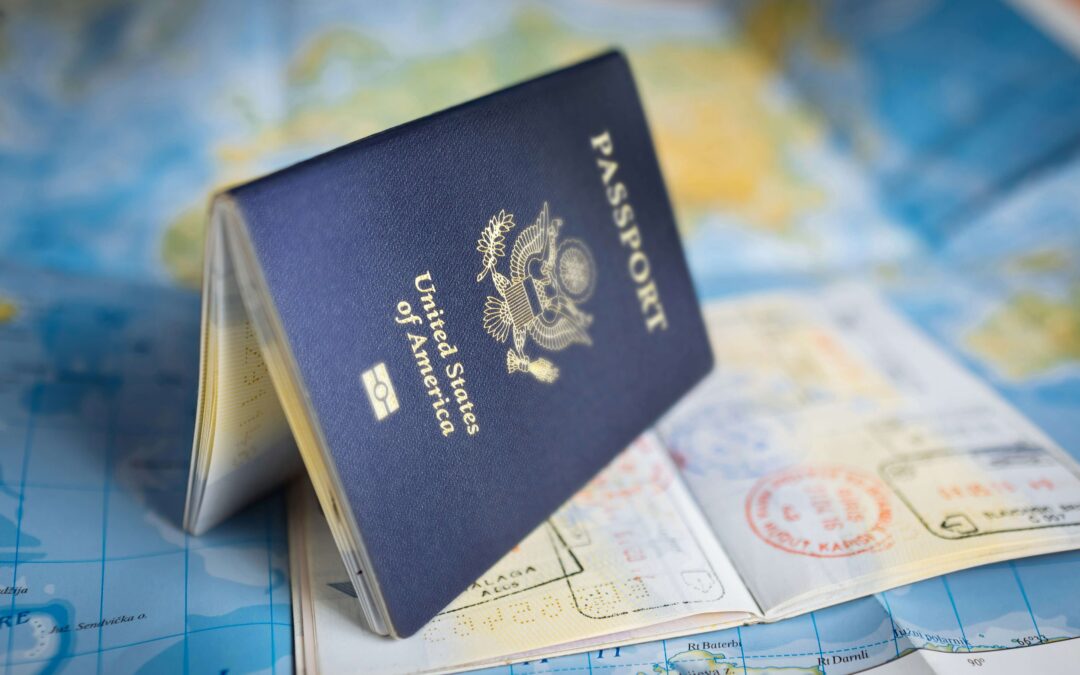H-1B Visa Developments
The H-1B visa program has long been a focal point of discussion and contention in the realm of U.S. immigration policy. This non-immigrant visa category allows U.S. employers to temporarily employ foreign workers in specialty occupations. Over the years, there have been significant developments and changes to the H-1B visa program, impacting both employers and foreign workers.
Recent Changes
Increased Scrutiny
In recent years, the H-1B visa program has faced heightened scrutiny and increased restrictions. The U.S. government has implemented various measures aimed at ensuring that the program is used to fill genuine skill gaps in the labor market and prevent abuse.
Policy Reforms
Policy reforms have been introduced to prioritize the hiring of American workers and raise the bar for employers seeking to sponsor foreign workers through the H-1B visa program. These reforms include changes to the lottery system, wage requirements, and additional documentation and compliance obligations for employers.
Challenges and Controversies
Outsourcing Concerns
One of the key controversies surrounding the H-1B visa program is its perceived role in facilitating the outsourcing of jobs. Critics argue that some employers misuse the program to hire foreign workers at lower wages, displacing American workers in the process.
Impact on Innovation
Advocates of the H-1B visa program emphasize its role in driving innovation and filling critical skill gaps in the U.S. economy. They argue that restricting access to foreign talent through overly stringent policies could stifle innovation and economic growth.
Future Outlook
Legislative Reforms
The future of the H-1B visa program remains uncertain, with ongoing debates and discussions surrounding potential legislative reforms. Lawmakers continue to grapple with finding a balance between protecting American workers and ensuring access to foreign talent.
Technological Advancements
Advancements in technology, such as remote work capabilities and artificial intelligence, are also reshaping the landscape of the H-1B visa program. These developments may influence future policies and regulations governing the program.
Conclusion
The H-1B visa program continues to evolve in response to changing economic, political, and technological landscapes. While recent developments have introduced greater scrutiny and challenges for employers and foreign workers alike, the program remains a critical pathway for addressing skills shortages and driving innovation in the United States.


